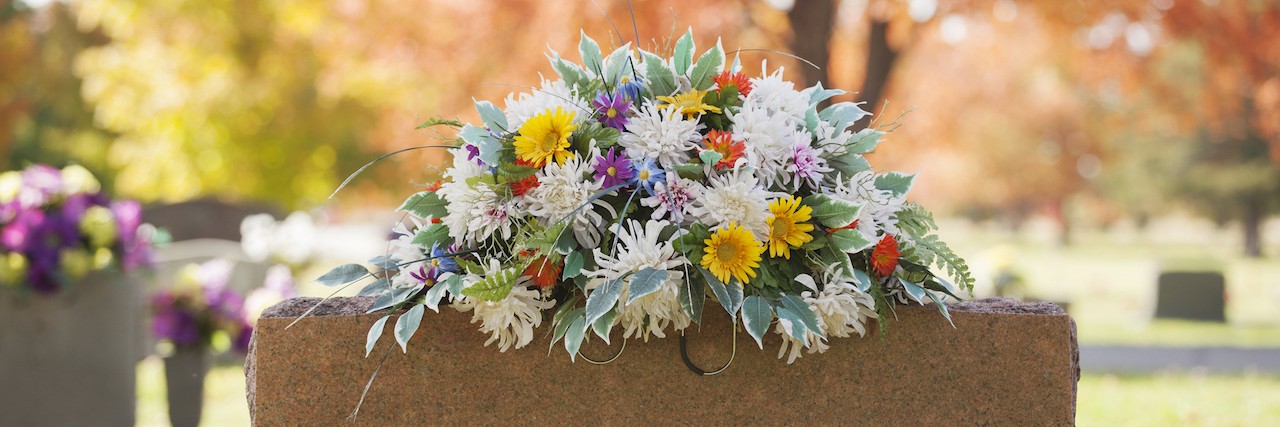
In 2010 I lost my brother to suicide.
No. Let me start that again.
In 2010 I lost my brother, David, to suicide. David was a dad, a son, an uncle, a brother, a black belt in taekwondo, but most importantly, he was David.
After my brother died I was lucky enough to find a nonprofit organization I still volunteer with. I’ve had several volunteer roles such as walk chair, board member for our state chapter and also a speaker at a National Survivors of Suicide Loss Day event (NSSL) in 2015.
When I was writing out my personal story for NSSL, I came to a realization. For years when I spoke of my suicide loss I would say, “I lost my brother to suicide.”
Now, there isn’t really anything wrong with saying “my brother,” but had I been introducing David to someone, I wouldn’t just say, “This is my brother.” No. If my brother were by my side for an introduction, I would say, “This is my brother, David.” When you make an introduction it is because you want two people to know each other. From that day on, I knew I needed to introduce David properly, even if he wasn’t by my side physically.
I want people to know David, and suicide is not his name.
You see, when we work on the side of suicide prevention, it can get easy to get lost in the numbers and statistics. These numbers are what we have to rely on to make sure our point gets across. The facts and figures show we need more education regarding suicide prevention and research around mental health. So these numbers are extremely important!
But…
We must not forget that each statistic represents a person. A Mom. A Sister. A Brother. Uncle. Grandpa. More importantly… Samantha. Tom. Krystal. Michelle. Brad. (Insert your loved one here.)
While volunteering, I get an opportunity to have conversations with many people who are survivors of suicide loss. Often times they start the same way I used to. I lost my (son, sister, husband…). Before, I may have just waited to see if they would say more. Now, the first thing I will ask is what their loved ones name is. With that one simple question, it’s almost as if they transform in front of you. Their veil of grief, sadness or sometimes anger, lifts momentarily while they tell you more about their loved one. About what they did for a living or activities they enjoyed.
While I think it is important to talk about suicide openly, to help fight the stigma, I hope you don’t forget the name behind the loss. Because suicide is not a name. Suicide is not a person.
My name is Stephanie, and I lost my brother David to suicide.
If you or someone you know needs help, see our suicide prevention resources.
If you need support right now, call the Suicide Prevention Lifeline at 1-800-273-8255.

